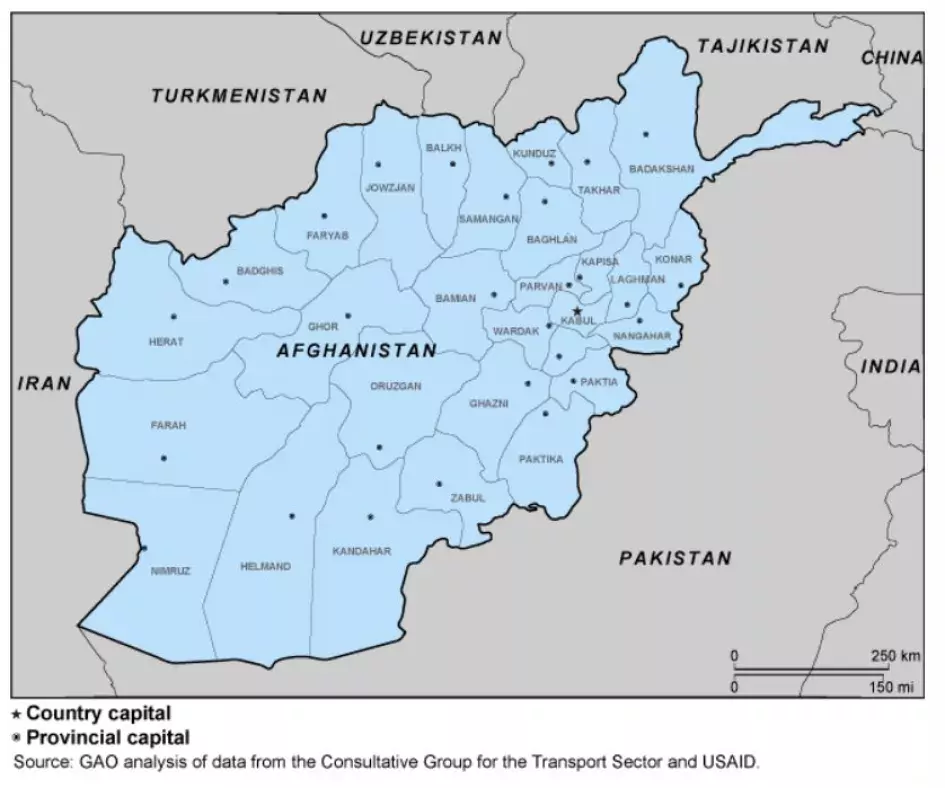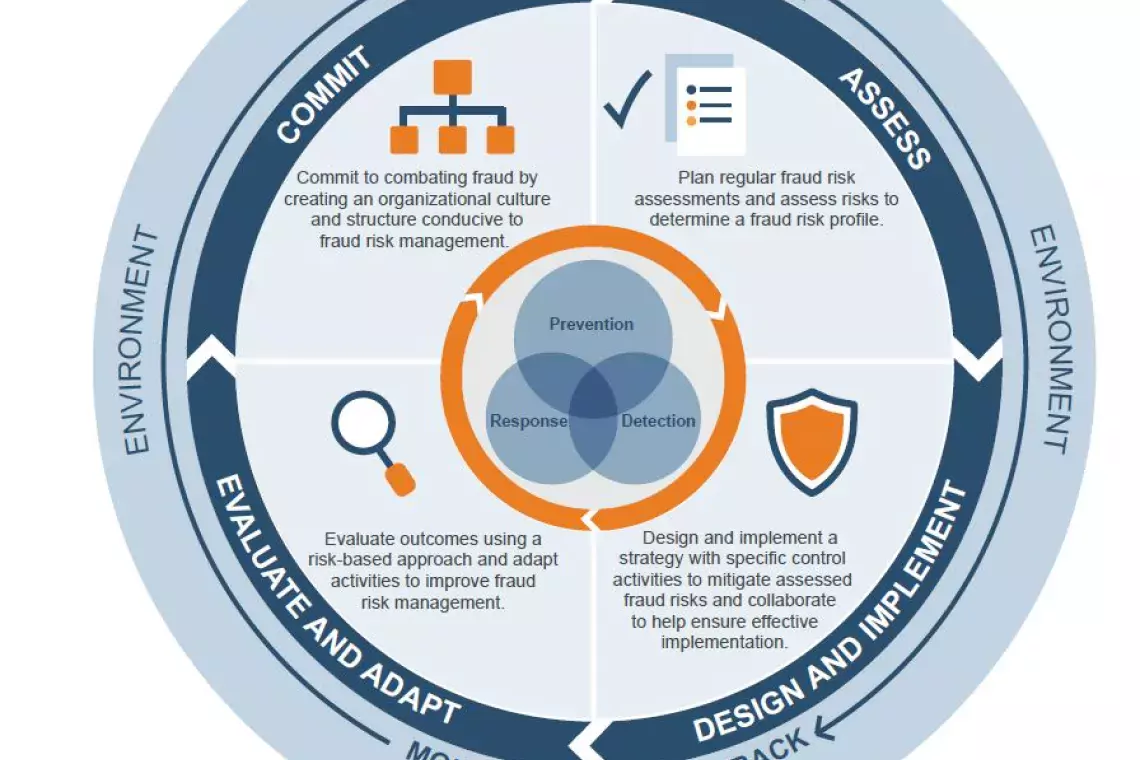U.S. Spending on Afghanistan Reconstruction at Risk of Fraud, Waste, and Abuse
The U.S. government has spent about $141 billion on reconstruction in Afghanistan since 2002. Here at GAO, we have been monitoring these efforts.
In today’s WatchBlog post, we look our new report, which highlights concerns we found about U.S. reconstruction efforts in Afghanistan and systemic weaknesses that put U.S. efforts at risk of fraud, waste, and abuse.
Image

What is the U.S. Government’s Role in Reconstruction?
U.S. reconstruction efforts in Afghanistan include activities such as security, roads and infrastructure, and agriculture.
DOD, State and USAID all have a role on reconstruction projects. The goal of these projects is to, among other things:
- train and equip Afghan security forces,
- build roads and other infrastructure,
- promote good governance and the rule of law,
- improve water and sanitation systems,
- develop electric power generation, and
- support the development of agriculture, education, and health care.
What weaknesses could lead to fraud, waste, and abuse?
Here are some of the recommendations we made to DOD, State and USAID and why we made them:
- In a 2012 report, we found that a contractor constructed a compound of 5 buildings in the wrong location, outside a security perimeter—a mistake that cost $2.4 million. DOD said the mistake was due to mismanagement by an employee who was juggling too many contracts at once. DOD implemented our recommendation that it develop standards regarding the number of contracts that contracting oversight officials can manage and oversee to avoid similar wasted spending in the future.
Image

- In response to our recommendation, USAID established targets and included baselines for each performance indicator. The goal of this action is to improve Afghanistan’s public financial management in order to transition to the Afghan government. We found that existing efforts lacked performance targets, and baselines for spending, which made it difficult to assess the successes of these efforts.
- Weapons procured by the U.S. for Afghan forces were vulnerable to theft or misuse due to inadequate staffing, monitoring, and record keeping at central storage depots, posing a significant danger to U.S. and coalition forces. DOD implemented our recommendations that it address staffing shortages, conduct regular inventories of weapons, and track them by serial number. Prior to DOD implementing our recommendations, we found that weapons procured by the U.S. for Afghan forces were vulnerable to theft or misuse which posed a significant danger to U.S. and coalition forces.
In a report released last month, we inventoried our work to provide an update on the more than 150 recommendations we have made since 2002 about U.S. reconstruction efforts and the risk of fraud, waste and abuse, almost 90% of which have been implemented.
Number of GAO Reports on Afghanistan Reconstruction Issued from 2002 through 2020 in Which We Identified Internal Control Weaknesses in Key Management Areas
Image

For more on our work in Afghanistan, check out our new report.
- Comments on GAO’s WatchBlog? Contact blog@gao.gov.





